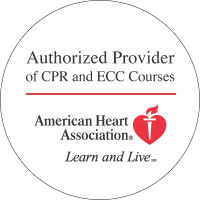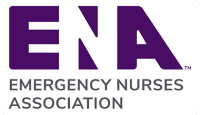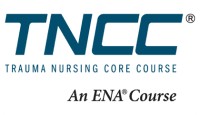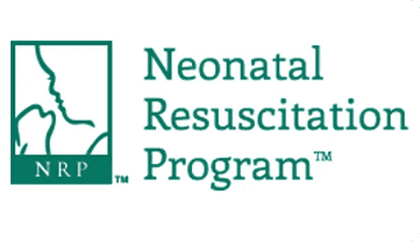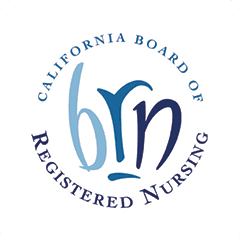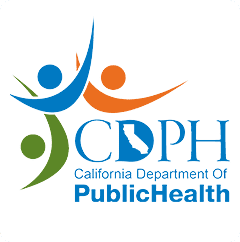From your earliest moments in the health care field, you probably remember learning about the “ABCs of CPR.” This was taught for approximately 40 years in BLS and advanced life-saving classes. Would it surprise you to learn that the American Heart Association no longer stands by this sequence? Instead, the organization updated its recommendations in 2010 to change the sequence, thus creating a better likelihood that lives would be saved while simultaneously helping you make smarter, faster decisions as a life-saving BLS-certified practitioner.
What Are the A, B and C of CPR?
“A” has always stood for airway, and it refers to ensuring that the patient has an effectively open airway. Common steps would include sweeping the mouth and providing a visual examination of the throat for foreign objects.
“B” stands for breathing and either ensures that the patient is breathing on his own or that rescue breaths are given. Artificial respiration, such as a breathing tube or ventilator, could also be used in advanced situations.
“C” stands for circulation and refers to the pumping of the heart that pushes freshly oxygenated blood throughout the body. Appropriate circulation is now described as compressions at a rate of 100 to 120 per minute allowing for complete chest recoil after each compression.
Why Does C now Come First?
While the changing of the order may seem irritating because it no longer follows the alphabet, it’s important because it follows what scientific research has recently proven. Early chest compressions produce a high rate of survival and directly affect patient outcomes in those who do survive. Chest compressions get live-giving blood to all of the cells of the body, including the brain, helping the body maintain an oxygenated state for a longer time. Even if the patient doesn’t get rescue breaths for a few minutes, he or she will still have enough oxygen left in the blood to sustain life.
What Is Hands-Only CPR?
Hands-only CPR is the result of this new ordering, and it’s appropriate for adults, teenagers and children. However, it shouldn’t be used on newborns or very young infants. In hands-only CPR, rescue breaths are left out entirely until a professional arrives on the scene. In fact, even some professionals forego rescue breathing or advanced breathing treatments, instead using only basic ventilation when available.
The beauty of C-A-B for CPR is that more patients than ever have a high likelihood of surviving the experience. Whether you are a professional rescuer practicing in a hospital or out on the field or are a lay person providing life-saving help in your community, this new practice is a smart move for you and your patient. If you are working as a team in a hospital or similar environment, you’ll most likely have several people working simultaneously, and the C-A-B may become more muddled. However, the importance of immediate and effective chest compressions cannot be over-emphasized.
The best way to keep up to date with all of the latest recommendation from the American Heart Association is to sign up for a current BLS certification or BLS recertification course. These approved courses not only give you a leg up in your professional career but also help you feel confident whenever you are responding to an emergency situation.


